Each December for the past five years, the 7th grade English teachers at our middle school have organized our Storytelling Evening, the big event for the roughly 120 7th grade students in our English and ESL classes. The evening, and indeed our entire unit, is based on the Moth’s tagline: “true stories told live.”
It helps that our parent community at our school is engaged and artistic. One of our parents, Josh Blau, is a Moth storyteller, so we are lucky to be able to have him come talk to our students annually. This year he was the one who introduced the storytelling unit altogether. Our students watched his story on the theme “Drive,” and then gathered in our meeting space for a question and answer session. Josh also offered the kids lots of advice about stage fright and being funny for your audience –that is to say, storytelling isn’t stand-up: one-liners aren’t the point.
The work we do in the classroom begins by watching as many Moth videos as we can. We study how storytellers craft opening lines, focus on a conflict, build tension, engage with audience members, and bring their stories to a close. We observe body language, eye contact, and audience interaction. As soon as we can, we turn inward and reflect about the stories we have inside of us that we might want to share. At this point, I offer up any number of themes that the Moth has used in the past to jog our memories. Using the theme of a favorite story we watch, “Moving,” we talk about all the possible meanings of the word: physical movement, moving from one place to another, an emotionally moving moment. We do this exercise with several themes; doing so allows students to find an anchor for a good story that will come from a personal memory.
Once students have a story in mind, we discuss the shape of a story, and for that I use the pretty standard story arc shape. I make a big deal of the need to establish setting and conflict right away—without those critical elements at the beginning of a story, you’ll lose your audience. We then focus on including events that build tension about the conflict. One of my favorite stories to use to illustrate conflict and tension is Micaela Blei’s story on the theme “Altered.”
I use Steve Zimmer’s “Stars, Rockets, and Moons” to teach students about verb tense choices and their effect on a story. When I listen in on rehearsals, I often suggest that they try changing their verbs to the present tense: doing so also allows them to bring in more imagery, absolutely necessary for audience engagement.
When students are ready, they begin rehearsing: in pairs at first, and then opening up to larger groups—all in preparation for presenting in front of a large audience. At this point, I help students offer meaningful feedback and encouragement. Soon, I’m hearing kids say to each other, “You can build more tension if you…” or “You can do this! It’s your story! You lived it!” As we get closer to the Evening, I become quieter because it’s the students who lead each class period.
This is truly a transformative unit. It is the epitome of a student-centered learning experience. It uses their stories, gives them a real audience, requires skill development and culminates with a recorded product that demonstrates visible growth. After this year’s event, I asked my students if they felt the audience of parents, families, friends, and teachers was necessary or if they’d have been fine with just performing their stories in front of their classmates. It was unanimous: they needed that larger, less familiar audience to validate their experience and to really test their skill acquisition. It wouldn’t have felt real without unfamiliar people, they told me.
There is a lot of work that goes into this evening, and even though it lasts only about an hour, there is no better feeling for me, no better validation, than standing in the back of the room, listening to a student’s story for the 10th time, and seeing that child respond visibly to the laughter he has generated: he stands straighter—surprised at first by the chuckles he’s heard from the audience—and then allows his story to roll with greater ease, to become more dramatic than it was in rehearsal, to look up and around at the faces in the room, to get the applause he deserves for all of his hard work.
Gina Voskov is a 7th grade English teacher at the United Nations International School in New York City. She has taught English and Humanities for eleven years in public and private schools, in Connecticut, Brazil, and New York City. She is also a member of the Folger Shakespeare Library National Teacher Corps and has presented on performance-based learning at conferences in the US and Europe.

